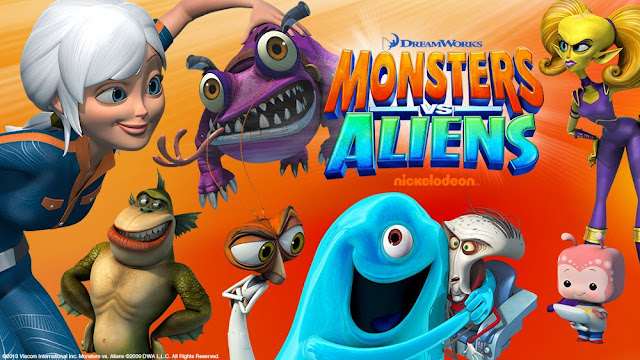Remembering Erector Sets
A 725 Erector set.
Between the number of licenses it has acquired over the years and its expansion into other mediums such as video games, TV shows and movies, Lego is frequently identified as the go-to construction toy for building things both simple and complex. Because of Lego's dominance, it's easy to forget the many, many other construction toys that have appeared throughout the last few decades. These toys, such as Lincoln Logs and Tinkertoys, took different approaches to the concept of creative play, proving that interlocking plastic bricks aren't the only way for kids to make something fun.
This post is about my experience (and lack of experience) with one of the more sophisticated construction toys, the Erector sets. Erector sets were originally produced by the A.C. Gilbert Company and designed to emulate the tools and materials used in mechanical construction. While they may lack the name recognition of Lego, Erector sets have been providing hours of sturdy, nuts-and-bolts play for many decades. Read on ...
Whereas most other construction toys feature parts made of wood or plastic, Erector sets have largely specialized in metal parts: nuts, screws, girders, hinges, axles, and so on. As such, most Erector ads and box art depicted the toy as educational, something to spark the creativity in the minds of future engineers when they use Erector sets to build miniature bridges, cranes, towers, and so on. Erector sets are still being made with the same tool-based approach to creative play, although some of the newer kits can be very expensive.
A vintage Erector set.
My parents were generous in providing construction toys for my sibling and me. We had Legos, Lego knock-offs, and Tinkertoys, and we loved putting all sorts of stuff together with these toys. The Erector set I got in the mid-80s was largely for me, bought by one of my more technically-minded relatives.
During that time, the more ambitious Erector sets (i.e., the ones with many different parts in order to build many different toys, as opposed to a limited number of parts to build a limited number of toys) came in three sizes: 375 (small), 500 (medium) and 725 (large). I received a 500 set, which included two electric motors that could be operated through a wired, plug-in controller.
A 500 Erector set.
The 500 set also came with an instruction guide to walk kids through various toys they can build with the parts included in the set. Because motors were included in the set, the main emphasis in the guide and on the set's box design was a futurisitic-looking remote control vehicle that could be built with the 500's parts. The RC vehicle was the first thing that I made, and I was a little disappointed over how it wasn't a wireless RC vehicle. Nevertheless, I made plenty of toys with the 500 set, toys both detailed in the instruction guide and toys that I came up with on my own.
Looking back at that Erector set's potential and how my understanding of machines has evolved so much since my childhood, I've come to the conclusion that I was very unimaginative in how I played with the toy. For example:
For all of the metal and plastic parts that came with the 500 set, the most vital part was string. With string, the electric motors could have been used as a winch for toys such as elevators, overhead cable cars, and inclined rails. It never occurred to my prepubescent mind to make any of these things, although it should have. I had Kenner's Death Star play set which featured an elevator for the Star Wars action figures, but a motorized elevator for the figures would have much cooler. Furthermore, I lived near two cities--Johnstown and Pittsburgh--that still have inclined rail systems, so I have no idea how the idea to build a inclined rail toy missed my attention.
The Duquesne Incline (lower right), which overlooks the Pittsburgh skyline.
One of the other toys I had as a kid was a rubber great white shark. I loved the Jaws movies but there weren't any licensed Jaws shark toys back then, so I picked up the rubber shark at a beach resort as the next best thing. In spite of all this, I never bothered to use Erector parts to build an approximation of the platforms and rails that were used to move the shark in the movies or the submerged rail system that moves the shark in the Universal Studios tour in Hollywood. I couldn't have placed these Erector toys underwater, but I could have at least made a cheap toy shark move in a manner similar to a blockbuster movie shark.
Above: A diagram of the mechanical shark rail and trolley system from Jaws.
Below: The mechanical shark rail system from the Jaws section of the Universal Studios tour in Hollywood, CA.
Yet of all the things that I could have built, probably the coolest would have been a construction/repair bay for my Robotech, Transformers, Voltron and Zoids toys. The bay could have included a motorized gantry crane to move parts around, which would have made it the coolest non-licensed play set for robot toys.
A Mobile Suit Gundam construction bay diorama.










Comments
Post a Comment